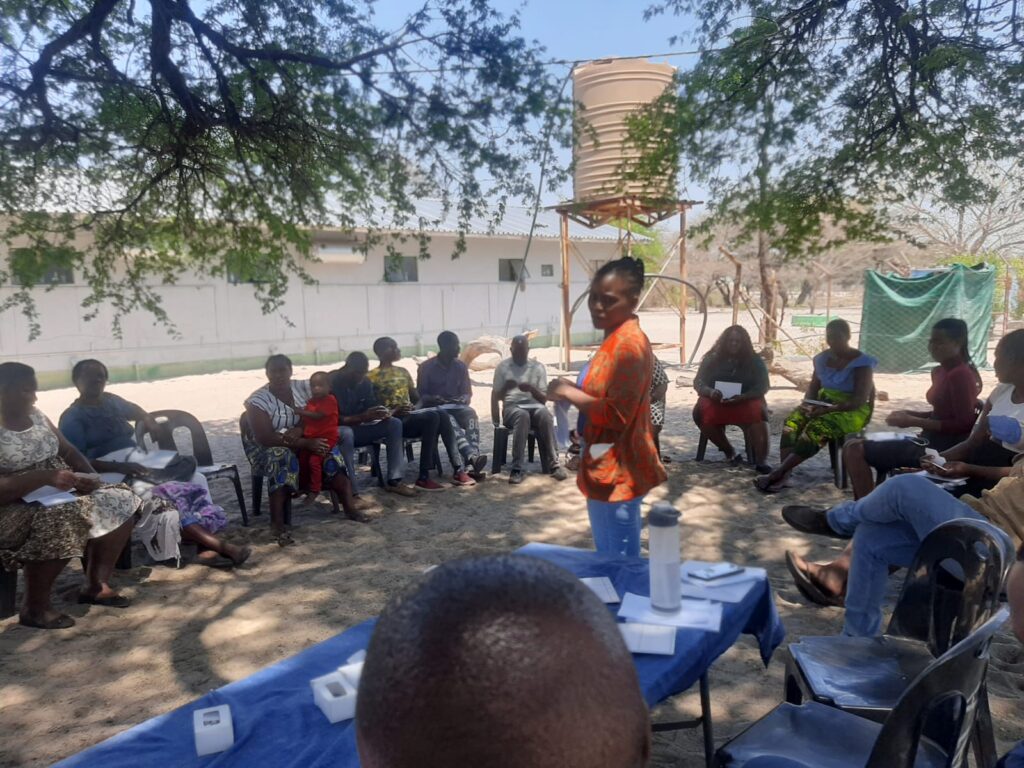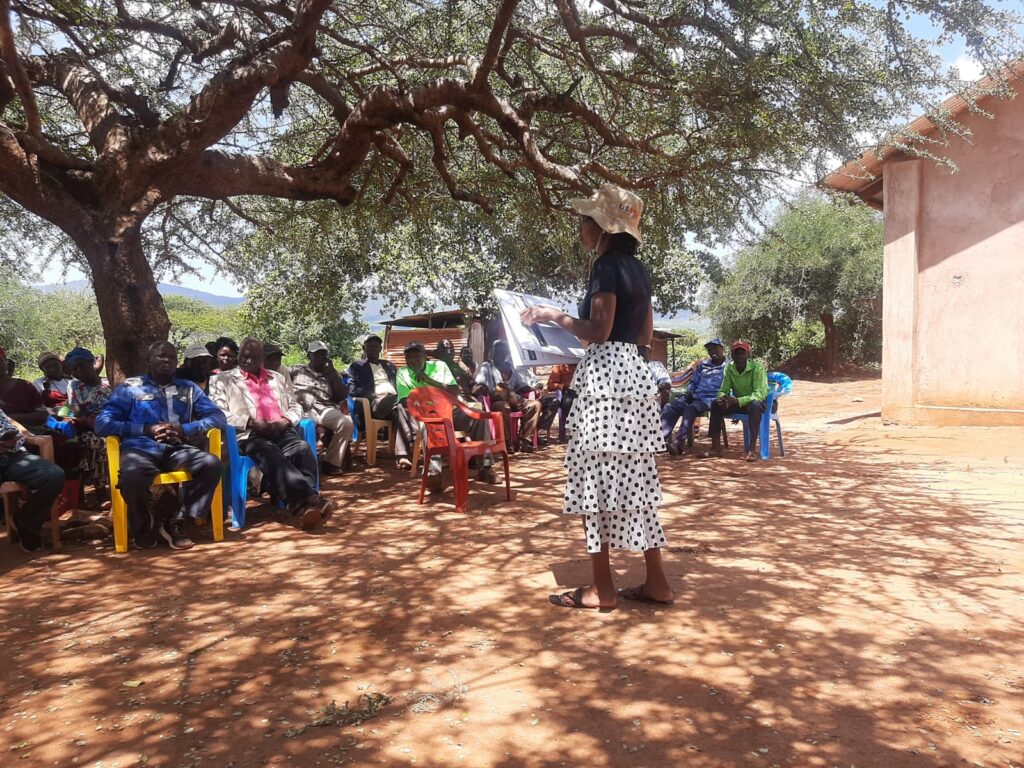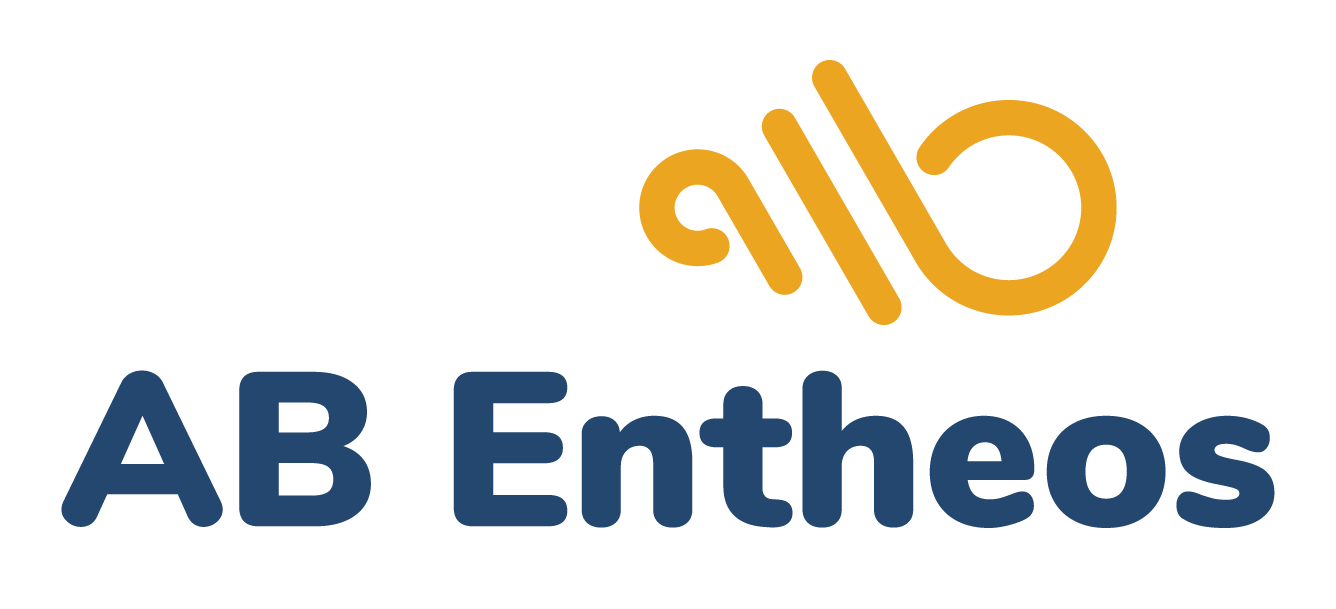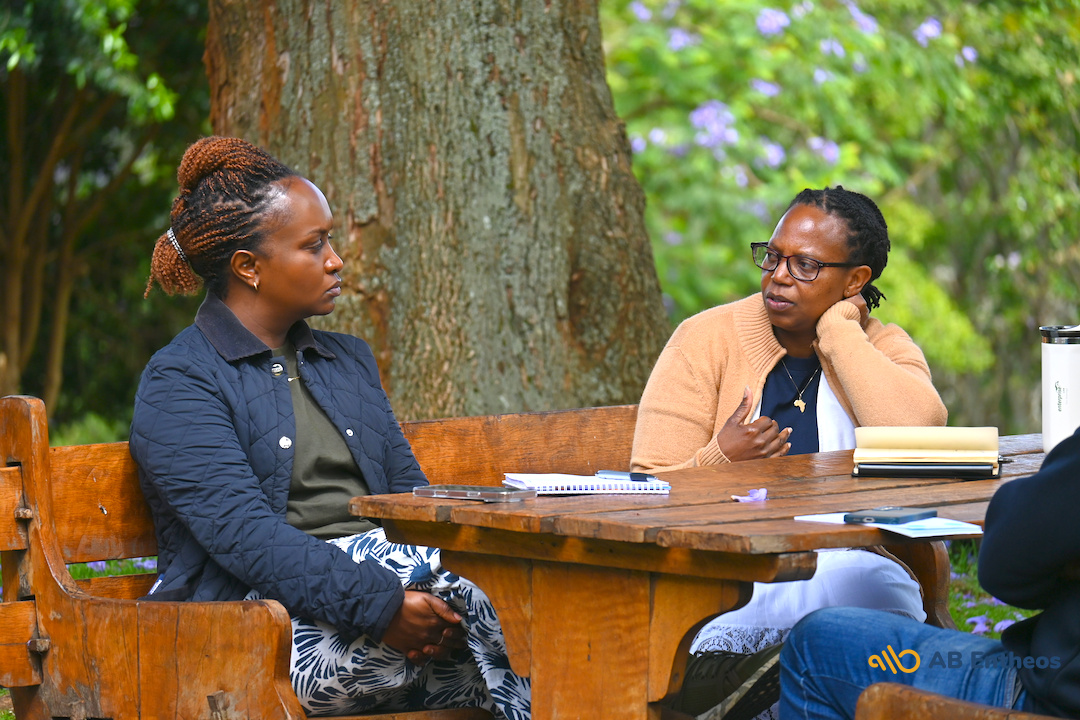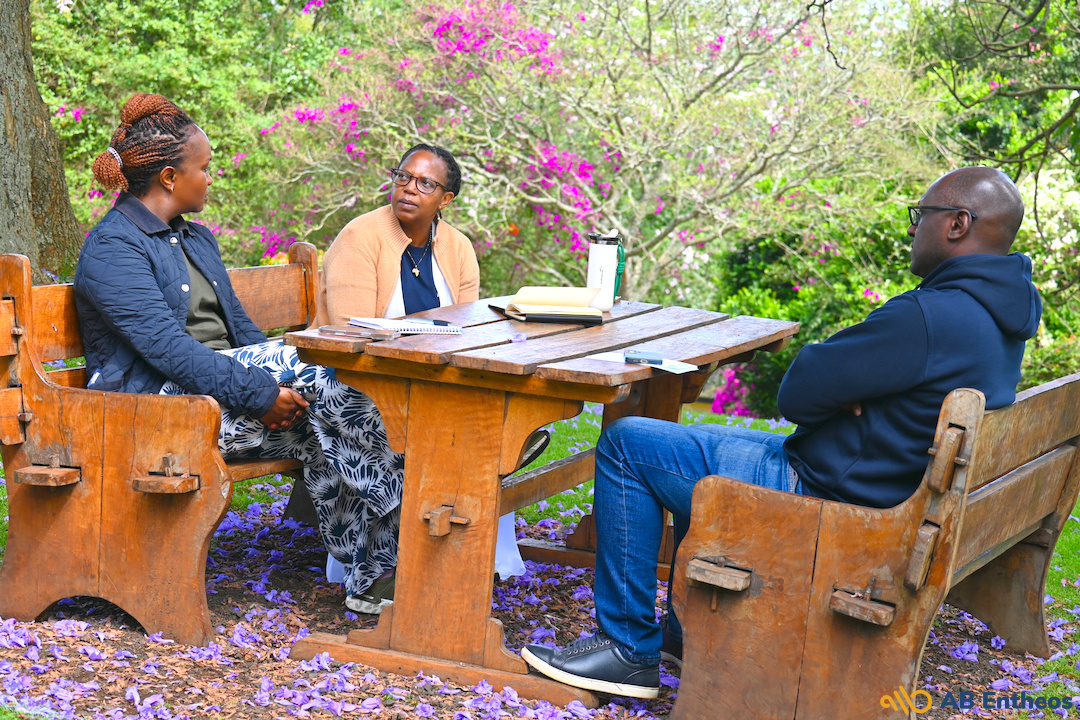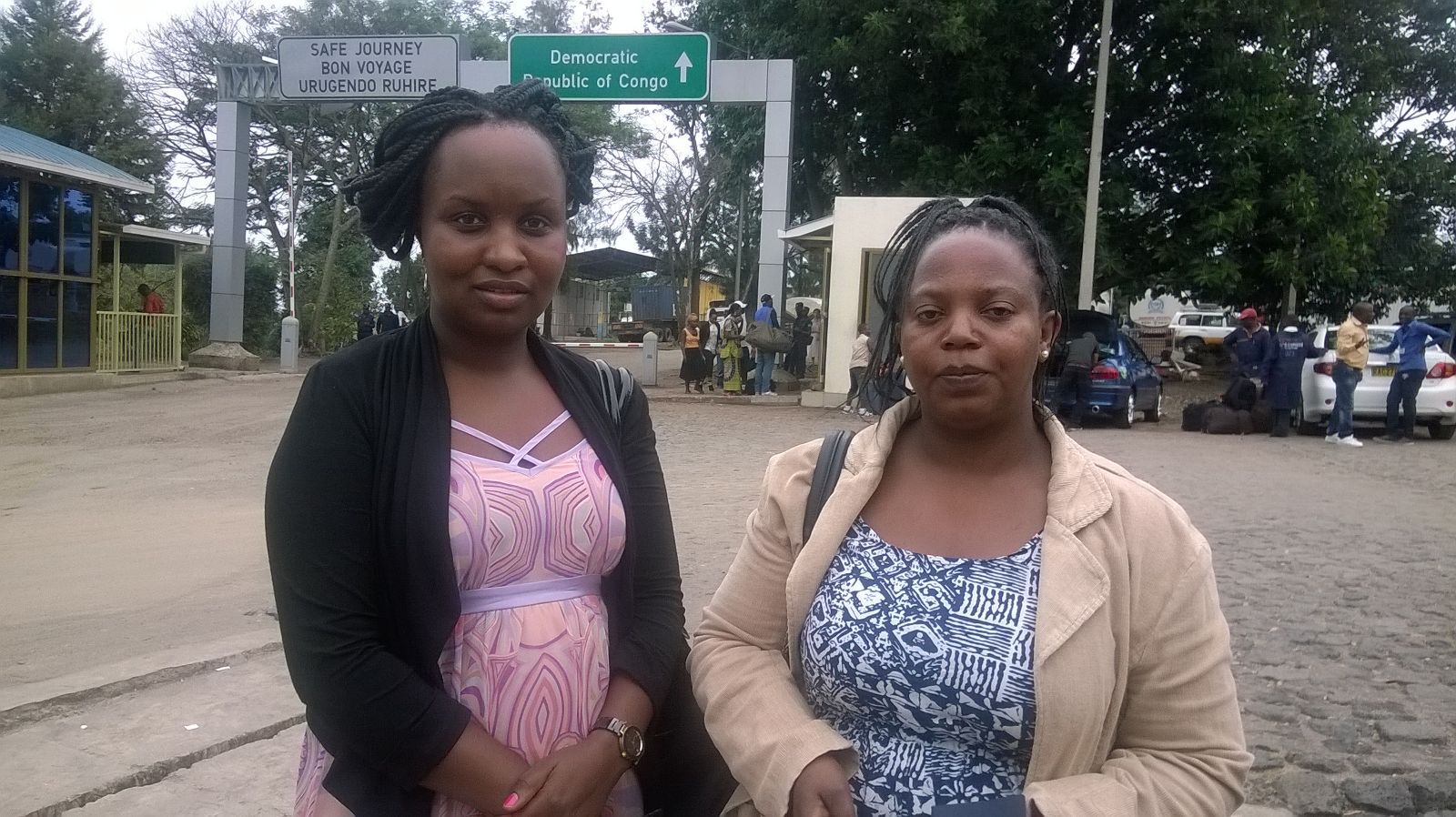
Lesson 3: Roll up your sleeves and go meet your client.
In 2024, AB Entheos celebrated 10 years of operations. The company is the brainchild of Anne Kamau and Barbara Chesire, former colleagues from earlier in their respective careers. Launching and growing AB Entheos was the biggest professional challenge Anne and Barbara have faced. Through this blog series, they explain the challenges they have overcome, their successes and the lessons learned. This is the third instalment in their story of 10 lessons in 10 years, or 10-in-10.
Client-centricity led to success both inside and outside of Kenya…
Even before starting out to work together, Anne and Barbara were clear on one objective: insurance needed to shift from boardroom product design to a client-centric, “bottom-up” approach. Several prior projects had taught them this lesson, not least when looking at insurance’s role in achieving development outcomes. For their aim to succeed, they “rolled up their sleeves” and spent time with prospective customers. This included talking to slum-dwellers in Mukuru and Dandora in Nairobi – a place that insurance companies wouldn’t visit.
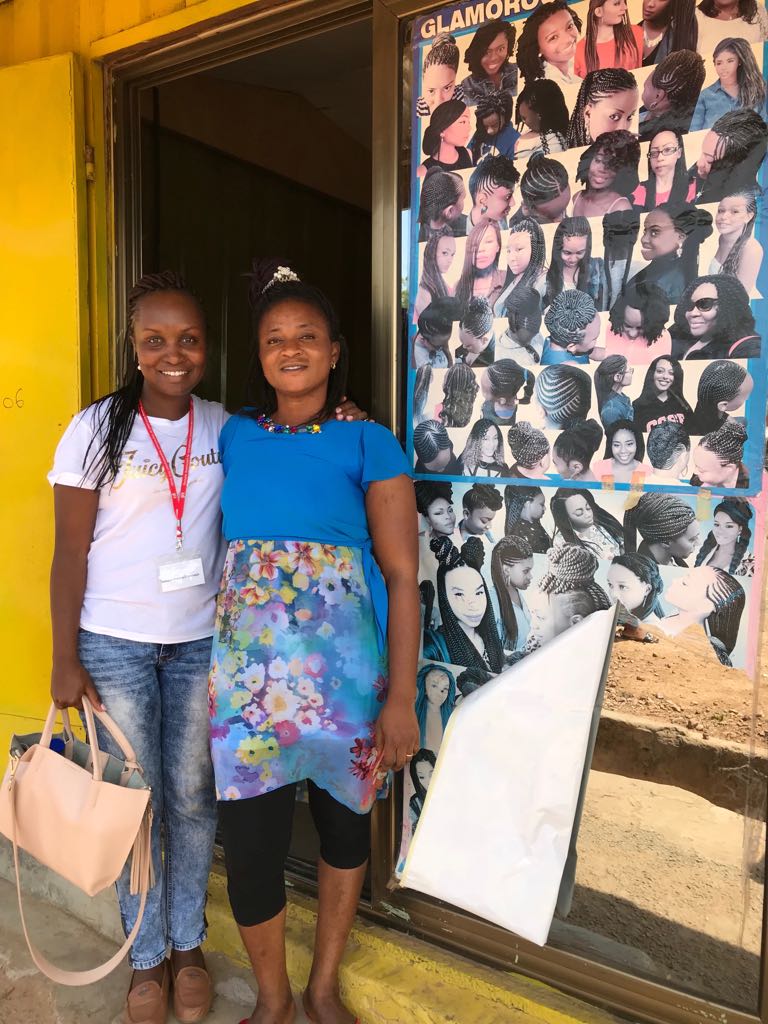
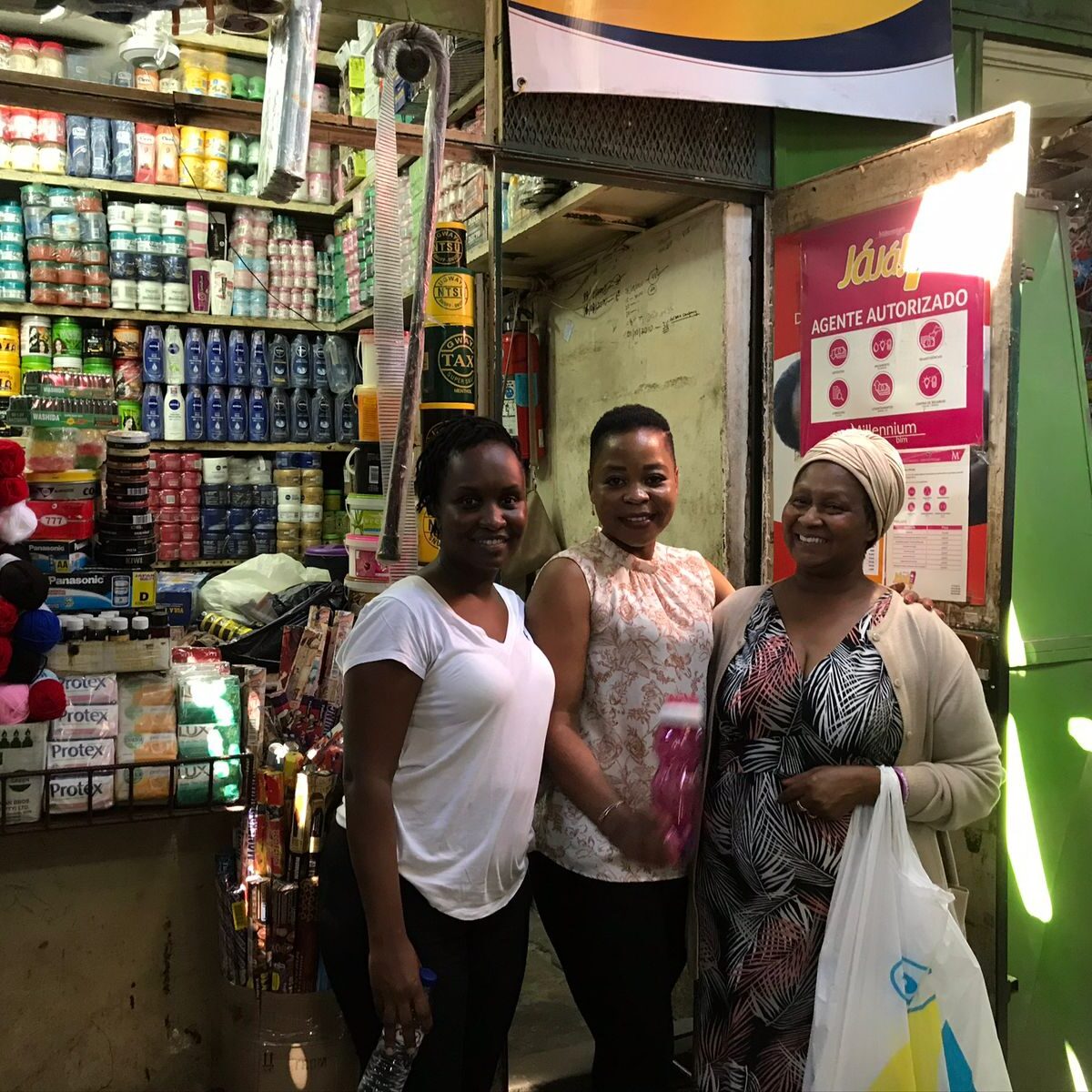
Their stance on understanding the clients’ needs was not limited to how they approached their home market. If anything, it prepared them well for the realities they would soon encounter elsewhere. In 2017, they were tasked with running a post-pilot evaluation of an underperforming scheme in Zambia. Unsurprisingly, their immediate focus was to speak directly with the clients. Inadequate client engagement had affected the scheme’s success. Without much hesitation, Anne and Barbara recommended the client-centric model. The result saw the business grow from fewer than 300 customers to over a million.
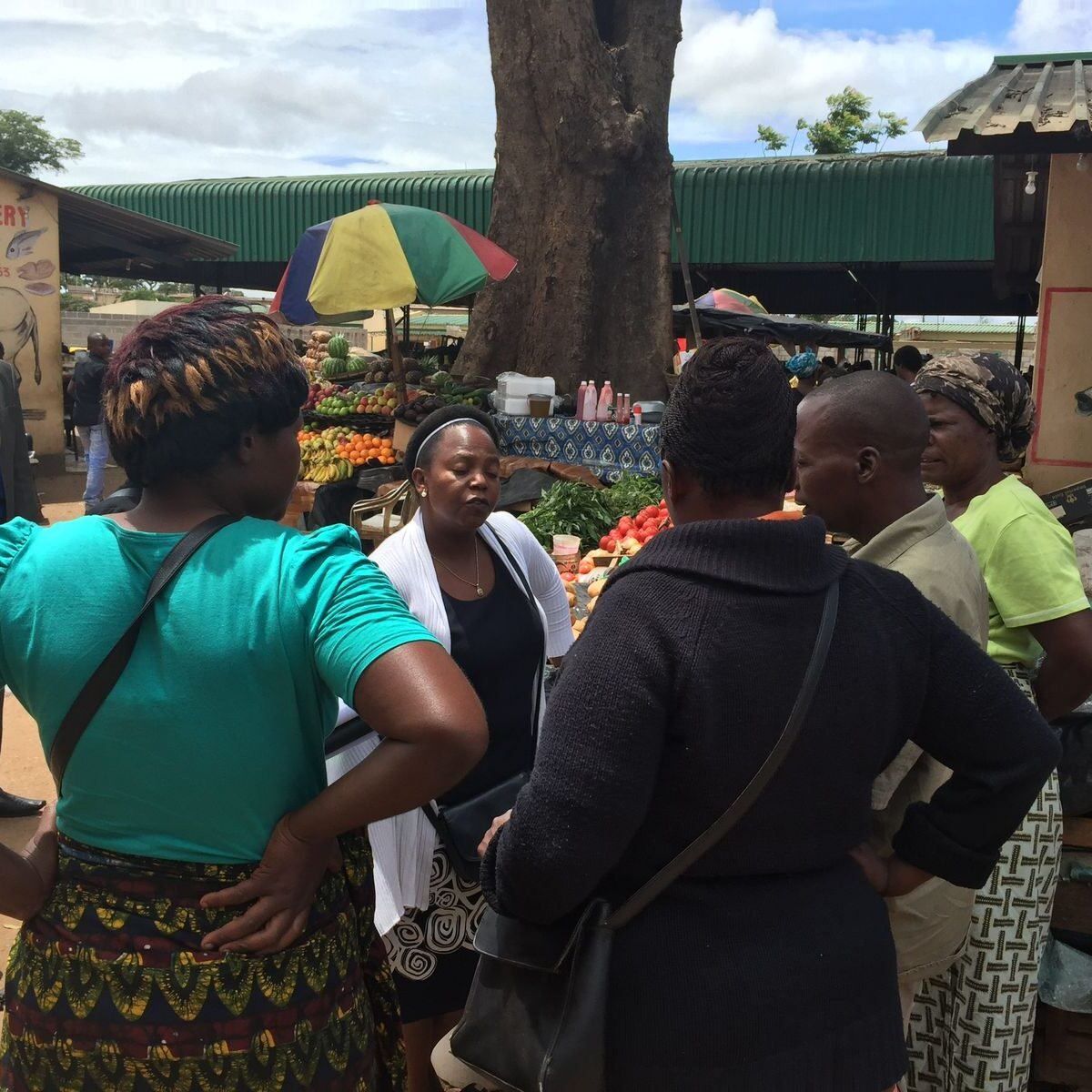
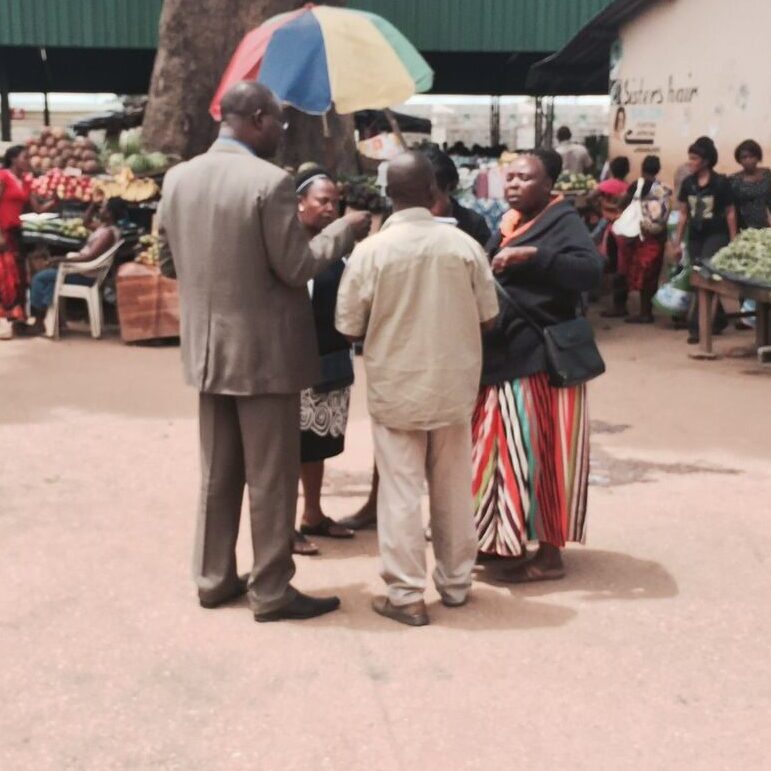
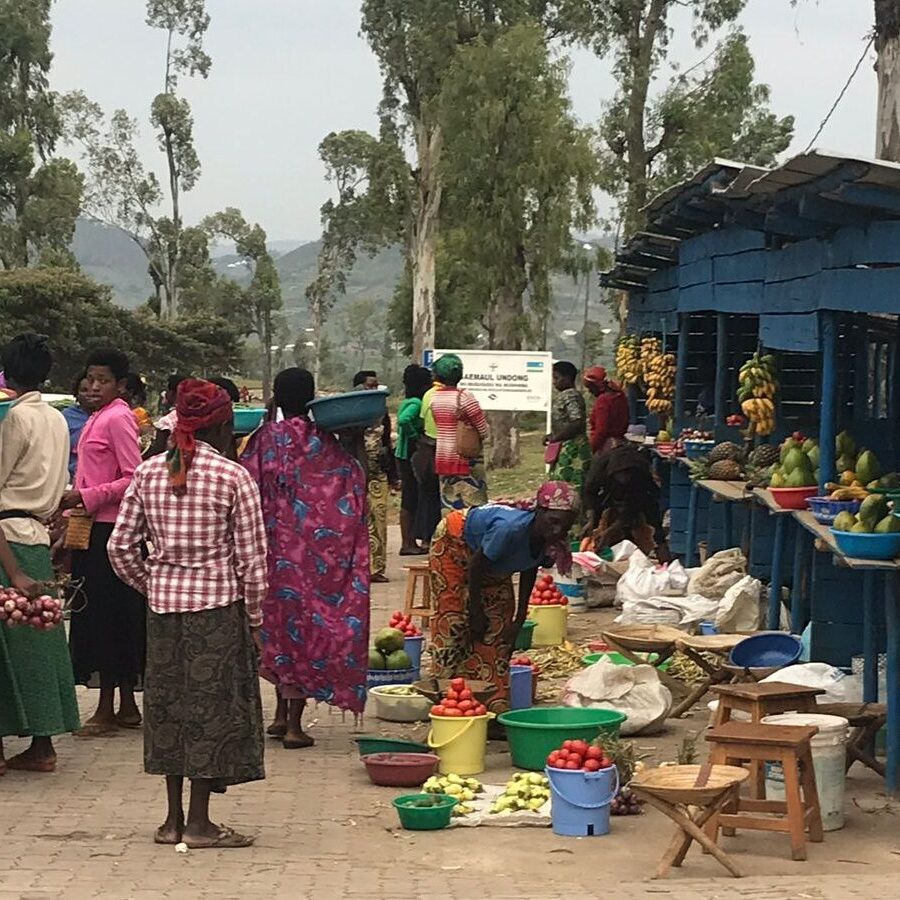
…but not without cultural complications
Fieldwork remains an essential part of Anne and Barbara’s work. But when they started out, they encountered several cultural differences during fieldwork. These include being identified and treated as outsiders in Kenyan informal settlements and the need to wear long cloths (like a sarong) in Zambia to blend in as a woman and be accepted. In Ethiopia, in addition to the language barrier, most of their focus groups comprised men. For Anne and Barbara, it was clear that solutions could not be universally applied across different regions in Africa.
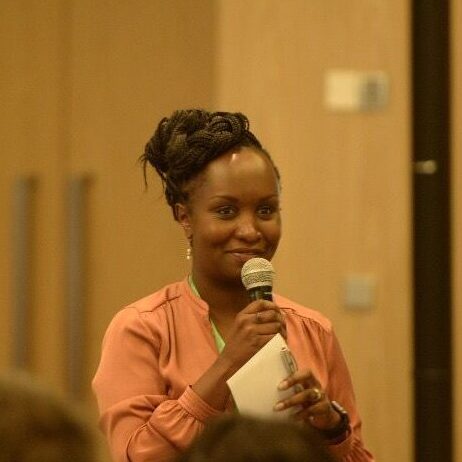
If you’re wearing a dress or trousers [during fieldwork], you have to tie a long cloth around your waist. That became like part of our research material: you would have to have a long cloth in your bag so that you can wrap it around you as you go and talk to people. You blend in and you look less like an outsider.
~ Barbara Chesire
These cultural exchanges also highlighted people’s perceptions of the duo. Colleagues in Ethiopia often saw them as “two little girls”, while experiences with certain communities with set beliefs – such as the Masai in Kenya – gave rise to some light-hearted moments. Despite these experiences, the perceptions they encountered did not hinder their ability to perform their work effectively. With a business to run, Anne and Barbara remained professional and largely ignored any comments and perceptions. But they have remained conscious about how unhelpful such remarks were and remain so for other women looking to grow their businesses.
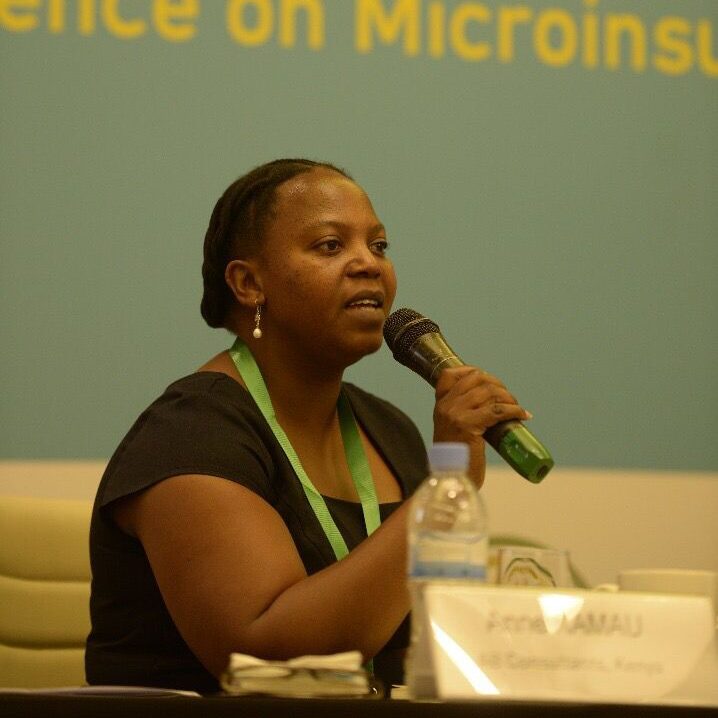
During one field trip, we [four ladies] walked into a meeting room, where there were eight men. Our driver opened the door for the meeting room and then left. One of the men asked us, “Is he joining us?”. We explained that the man was our driver. “Oh, he should join because you cannot have a meeting where it’s only women”, replied one of the men.
~ Anne Kamau
Rolling our sleeves up was how we remained professional
Overcoming the biases required focus. Beyond remaining calm, this meant making sure that they “walked the talk”. Taking ownership was key: Anne and Barbara fulfilled all possible roles required during projects. This included moderating focus groups, taking notes, and working late into the night on reports – often while balancing personal responsibilities, such as caring for children. This hands-on approach has ensured a commitment to quality for their clients, even if it involved burning the midnight oil on many occasions or making sacrifices. Because of how they worked, they even learned to pick up a project where the other might have left it off and continue without significant deviation. Over time, Anne and Barbara have channeled these traits into their team to maintain a high standard and a sense of accountability.
